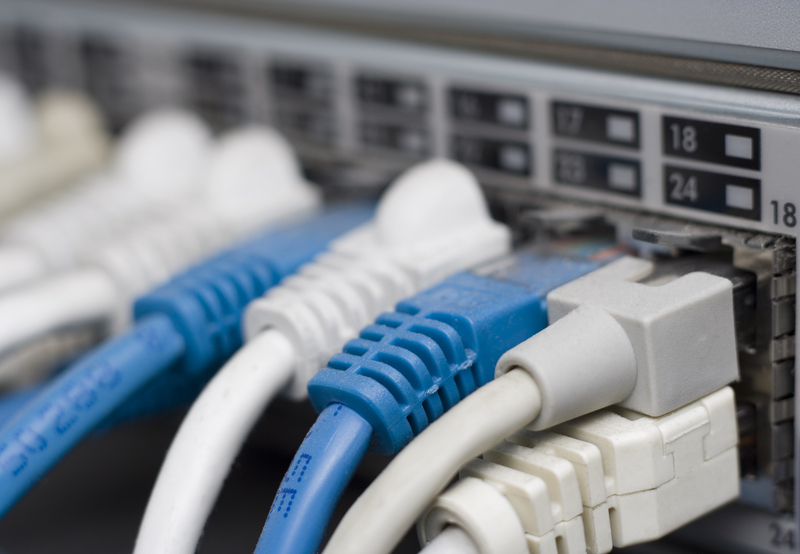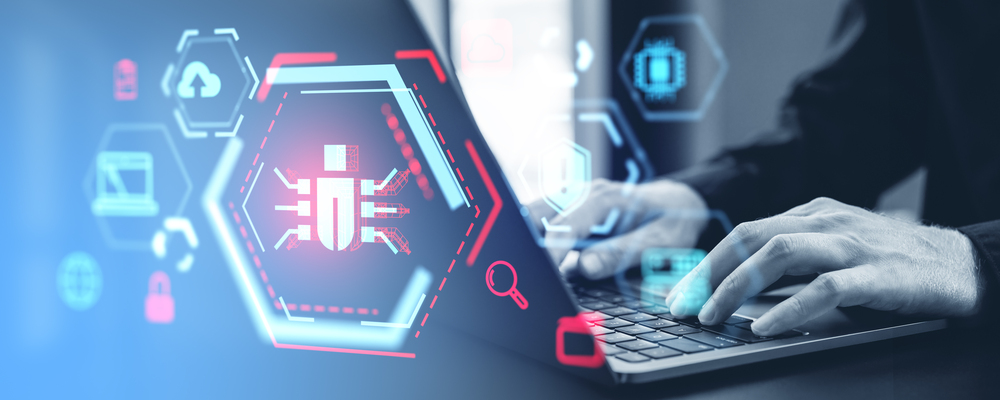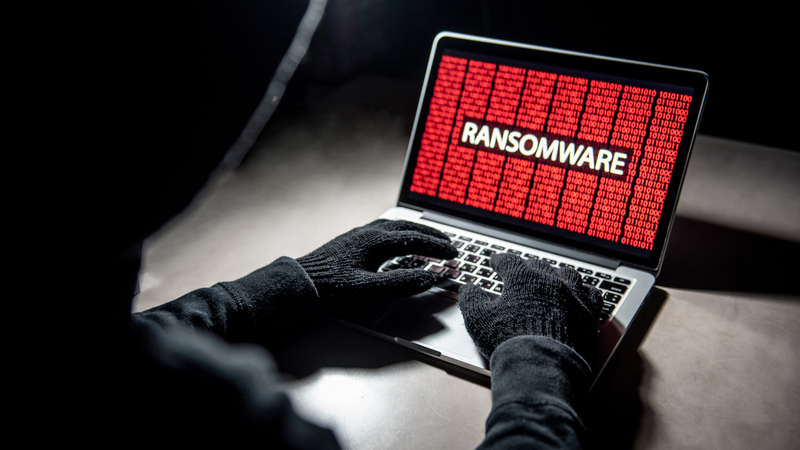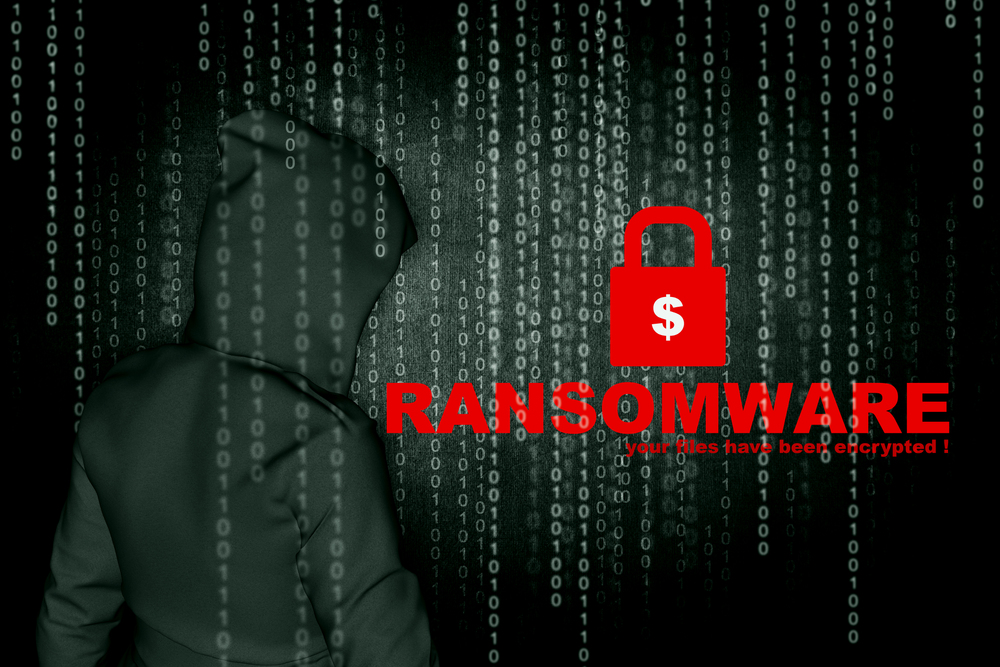
Why SaaS apps are a prime target for attackers [Q&A]
Attackers will always use tactics that are proven to work and with more business turning to SaaS for their systems obviously these apps are on the cybercriminal’s radar.
We spoke to Martin Vigo, lead offensive security researcher at SaaS security company AppOmni, to explore the reasons why SaaS apps are such fertile ground for attackers.

Industrial routers on the front line of attacks
Attacks on operational technology (OT) are growing more automated and indiscriminate, Forescout Research- Vedere Labs’ latest honeypot analysis shows just how aggressively adversaries are probing industrial systems.
New data shows industrial routers are now the most attacked devices in OT environments, drawing 67 percent of all malicious activity in Forescout’s 90-day honeypot analysis.

Animations used to trick users into infecting their PCs
The latest Threat Insights Report from HP Threat Research reveals how attackers are refining campaigns with professional-looking animations and purchasable malware services.
The report provides an analysis of real-world cyberattacks, helping organizations keep up with the latest techniques cybercriminals use to evade detection and breach PCs in the fast-changing cybercrime landscape.

88 percent of organizations worried about state-sponsored cyberattacks
A growing sense of unease is gripping boardrooms as 88 percent of cybersecurity and information security leaders surveyed at UK and US organizations now express concern about state-sponsored cyberattacks.
The research from IO shows organizations are increasingly aware of the strategic nature of cyber risk and that the geopolitical threat is increasing, with 33 percent of organizations surveyed concerned about an expanded threat landscape targeting their own systems.

Ransomware attacks targeted at weekends and holidays
Most ransomware attacks occur during weekends and holidays, times of distraction or disruption when the majority of SOCs are not adequately staffed.
A new report from Semperis finds that 52 percent of surveyed organizations in the US, UK, France, Germany, Italy, Spain, Singapore, Canada, Australia and New Zealand were targeted at holidays or weekends.

Companies forced to make financial changes after a cyberattack
A new study from Cohesity finds 70 percent of publicly traded companies have reported adjusting earnings or financial guidance after a cyberattack.
Among the impacts 68 percent say they observed an impact on their stock price, while 73 percent of privately held firms redirected budgets from innovation and growth initiatives.

Unprecedented DDoS surge sees ‘tsunami’ of attacks
A new report from digital trust provider DigiCert highlights an unprecedented surge in distributed denial-of-service (DDoS) attacks that reached ‘internet tsunami’ scale, with two events peaking at 2.4 Tbps (terabits per second) and 3.7 Tbps respectively.
Attack traffic increasingly originates from regions where digital infrastructure is outpacing regulation, with Vietnam, Russia, Colombia, and China ranking among the top five sources.

Cyber incidents cost organizations millions
Security leaders estimate that, on average, cyber incidents cost their organization $3.7 million, with 46 percent suffering from an outage or disruption to their services as a consequence of attacks.
A new survey from Red Canary of 550 security leaders, from the US, UK, New Zealand, Australia, and the Nordic countries, finds that SOC teams continue to struggle with the challenges of securing cloud environments, identities, and AI technologies amid evolving threats.

Are we human or are we security risk?
Not quite how The Killers put it, but a new report shows Human workers remain the most consistent point of attack for cybercriminals, with shadow IT and AI-driven social engineering providing attackers with both new tools and new targets.
The 2025 Global Threat Intelligence Report from Mimecast reveals key trends, including the rise of smarter, AI-powered phishing and social engineering cyberattacks, and threat groups increasingly using trusted services to evade detection and reach targets. Mimecast’s analysis finds that phishing accounts for 77 percent of all attacks up from 60 percent in 2024 with attackers likely leveraging more AI tools.

How infostealers have changed the cybersecurity landscape
Many of the recent wave of high-profile cyberattacks can be traced back to the theft of a single set of credentials which have allowed the attacker to access and move within a corporate network.
A new report from Flashpoint looks at the rise of large-scale information-stealing malware campaigns and how ‘infostealer’ malware has been a key enabler, responsible for the theft of over 1.8 billion corporate and personal email accounts, passwords, cookies, and other sensitive data.

Supply chain security risks are becoming unmanageable
A new survey finds 60 percent of surveyed UK and US cybersecurity leaders now admit that security risks originating from third parties and supply chain partners are ‘innumerable and unmanageable.’
The study from IO (which used to be ISMS online) shows 97 percent of cybersecurity leaders say they’re confident in their breach response, with 61 percent describing themselves as ‘very confident.’ Yet, that confidence contrasts dramatically with 61 percent of leaders who say their organization has suffered a third-party or supply chain attack in the past 12 months.

How AI is driving email phishing and how to beat the threat [Q&A]
Among all of the various forms of cyberattack phishing attempts delivered by email are still one of the most common.
What’s more AI is making these attacks more effective, because you can no longer rely on looking out for dodgy grammar or other signs that a message may not be what it seems.

Q3 ransomware attacks up 36 percent year-on-year
New data from BlackFog shows publicly disclosed ransomware attacks continued to set new records in the third quarter of this year, with 270 attacks -- a 36 percent increase compared to the same quarter in 2024 (198 attacks). This also represents a 335 percent increase since Q3 2020, underscoring the continued rise in attacks over the last five years.
Between July and September, publicly disclosed attacks were attributed to 54 ransomware groups. As in Q2, the Qilin ransomware gang was the most active, responsible for 20 incidents during the period. Notably, approximately 40 percent (107) of reported attacks have not yet been attributed to any known ransomware group.

Recovering and rebuilding trust after a cyberattack [Q&A]
However good your defenses, cyberattacks can still happen. However, in many cases, the aftermath can be worse than the attack itself, as enterprises struggle to calm nerves and reassure staff, customers, and shareholders.
We spoke with Daniel Tobok, CEO of incident response specialist CYPFER, to discuss how organizations can recover from a cyberattack and why the leadership's response is vital.

SMBs vulnerable to AI-powered cyberattacks and complacent about ransomware
A new report from Cork Protection looks at the security challenges facing small and medium-sized businesses (SMBs), backed up by comment from a range of industry leaders. Challenges include an asymmetric threat landscape, defined by the misuse of artificial intelligence and relentless exploitation of human vulnerabilities.
Among the findings are that AI-powered adversaries are launching automated, sophisticated campaigns at unprecedented scale. Also the financial fallout of a breach now extends far beyond ransom, often resulting in business-ending costs.
